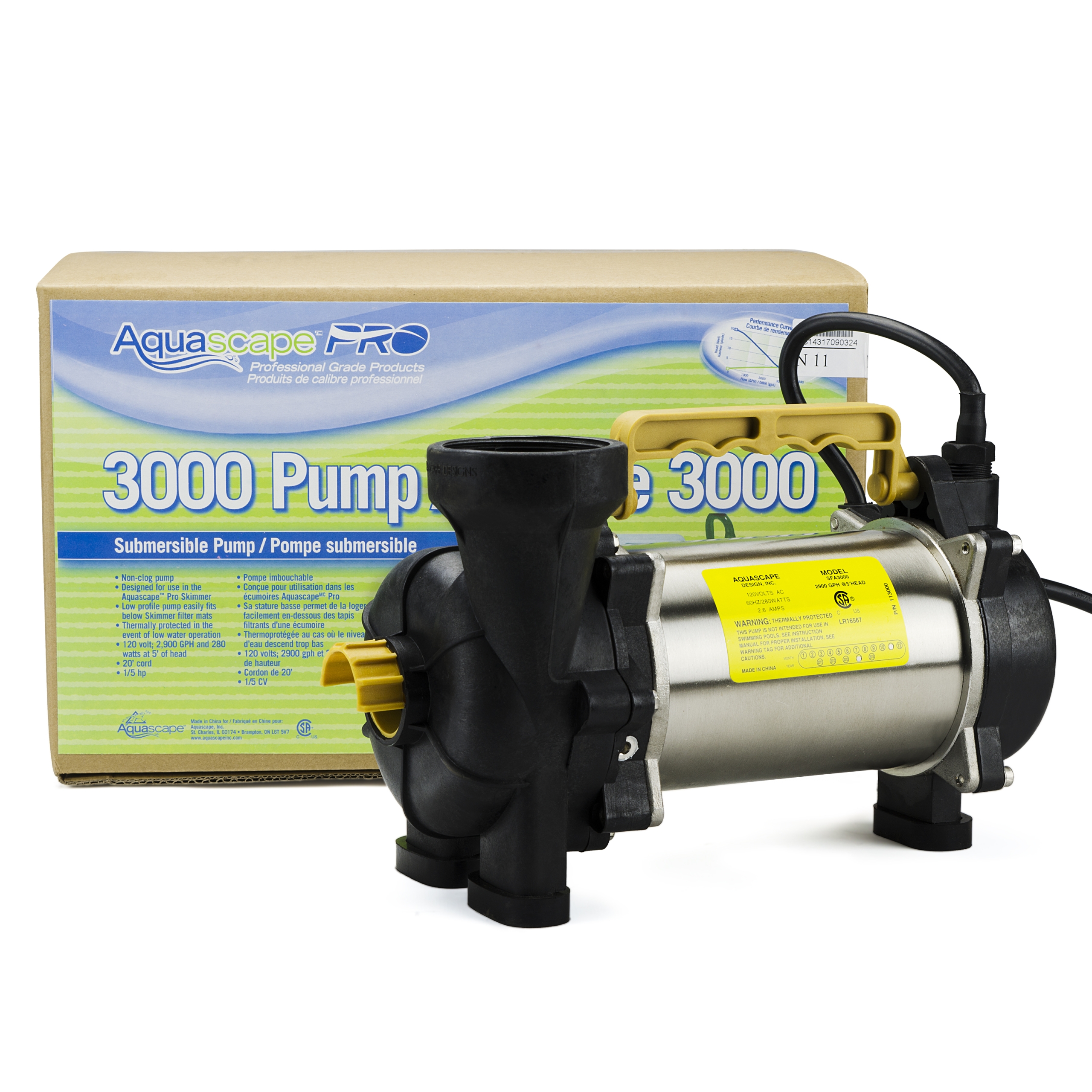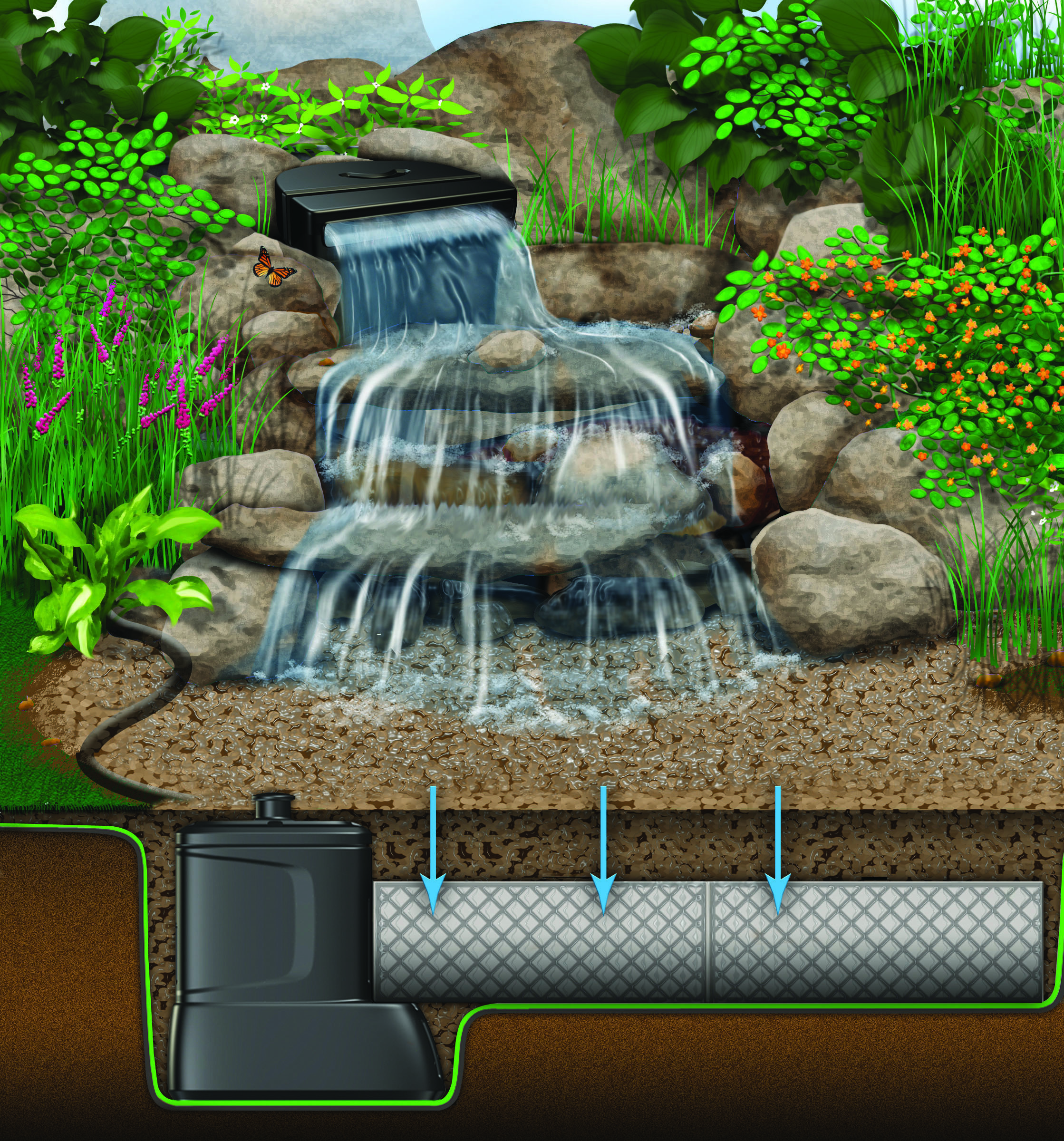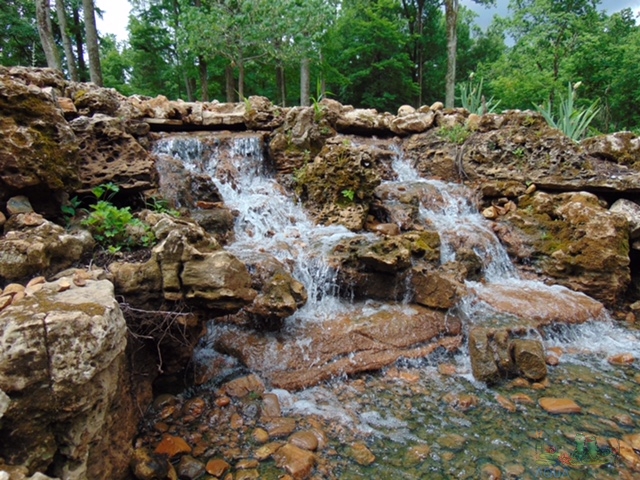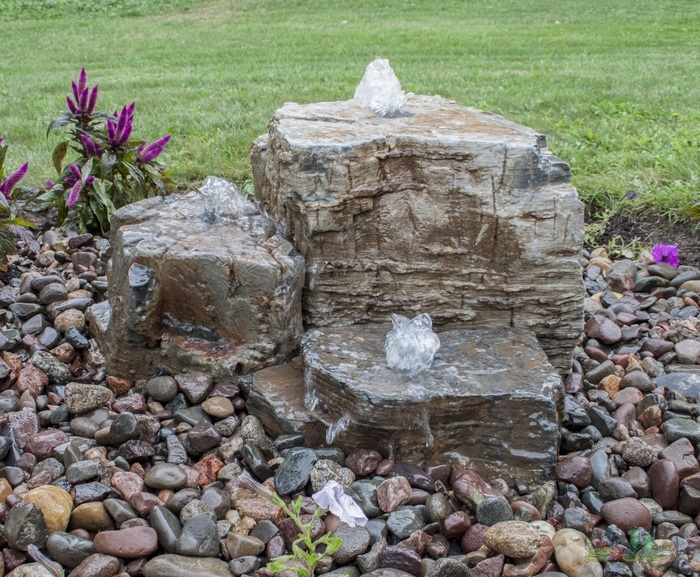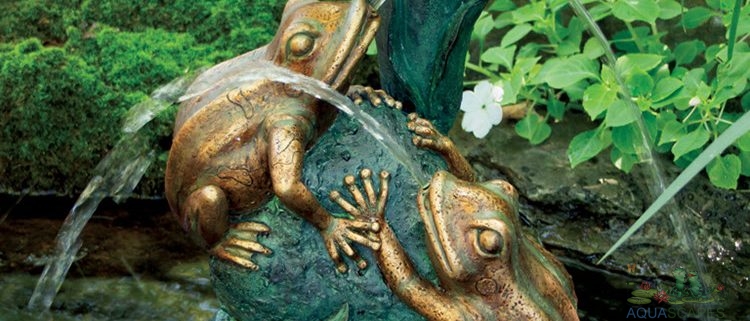Best Pond Pump Information 2021
Pumps keep the water in your pond healthy. They help evenly spread nutrients in the water to fish, plants and other aquatic life. Running water prevents stagnation and cuts down on algae and mosquitoes. Keeping the water moving ensures that oxygen levels are distributed throughout the pond. Pumps also provide power for a pond’s water features, like waterfalls and fountains.
This guide will help you learn about the best pond pumps for your garden.
~
The best water pumps for your pond and its fountain or waterfall come in variety of types and styles. They include submersible, external, magnetic drive and direct drive. Each of these water garden pumps offers its own advantages.
Submersible Pumps: These pumps are designed to work while wholly submerged in water. Typically, they are installed in the deepest part of the pond. Submersible pumps can be placed either directly into your pond or in a skimmer box or pond vault.
- Easy to install.
- Work well in environments that capitalize on a natural setting.
- No need to camouflage the pump.
- Run very quietly so there’s no distracting noise in your garden.
- Submersible pumps can be used to drain your pond, if needed.
- Range in pumping size from 50 to 5,000 gallons per hour.
- Can generate higher energy costs than other pump types.
- For smaller ponds, submersible pumps are generally more economical.
Tip: Some submersible pumps use oil to operate. If the pump seal breaks and leaks harmful oil coolant into the water, fish can be hurt or killed. If you have fish or other aquatic life in your pond, you’ll want to look for a submersible model that does not use oil.
External Pumps: External pumps can move a high volume of water, yet usually have lower energy costs than submersible pumps. They are not as quiet as submersible pumps. They should be placed in a dry location near your pond. External pumps are a lot more complicated to install. However, they are generally more reliable.
- Available as self-priming pumps able to draw their own water.
- Can be loud, disturbing the quiet of your garden.
- Work well for larger ponds that are 1,000 gallons or more.
- Offer long-lasting performance and easy repair.
- Require less routine maintenance than submersible pumps.
Tip: Pumps that are not self-priming can burn out a motor if the power shuts off momentarily and then comes back on. Protect against this by installing a check valve.
Magnetic Drive: In a magnetic-drive pump, an electrical charge creates a magnetic field that causes the magnet on the impeller to rotate and pump water. Since they have no seals to wear out, they require little maintenance. Occasionally, you will need to clean the impeller and its chamber for the most efficient operation.
- Completely sealed. Magnetic-drive pumps do not require lubrication.
- Because they don’t contain oil, magnetic-drive pumps are safer for ponds with fish, since oil leaks don’t occur.
- Don’t generate high head heights. Magnetic-drive pumps are unable to lift pond water vertically, which you might need to supply water to a fountain. They are not the best water pumps for fountains.
- Work best in cleaner environments with little or no debris.
- Highly efficient and cost-effective.
Direct Drive: Direct-drive pumps have an enclosed motor that is powered by electricity, which turns the impeller shaft.
- Achieve significant head height, so they are able to move water vertically. They are among the best water pumps for fountains and waterfalls.
- Typically more expensive to operate.
- Push water rather than pulling it.
- Not easily repaired.
Tip: Some models seal the motor in an oil-filled shell with seals around the cord and impeller shaft. These are risky to use if you have a pond stocked with fish. There is an ever-present danger of water contamination if a leak occurs. Many newer pumps, however, feature alternative lubrication that is safe for fish. Look for oil-free models if you have fish or other aquatic life in your pond.
Pond Pump Calculations
Pond Pump Features
Natural Backyard Pond Irrigation
Pond Irrigation
Using a pond for landscape irrigation as opposed to a well or public water system has its positives and negatives. Pulling water from a pond to irrigate your lawn or garden can be an economical use of water as long as the pond is large enough, and self-sustaining enough through rainfall or underground springs to meet your needs. You still need a pump and piping, and you will definitely need a plan before you get started.
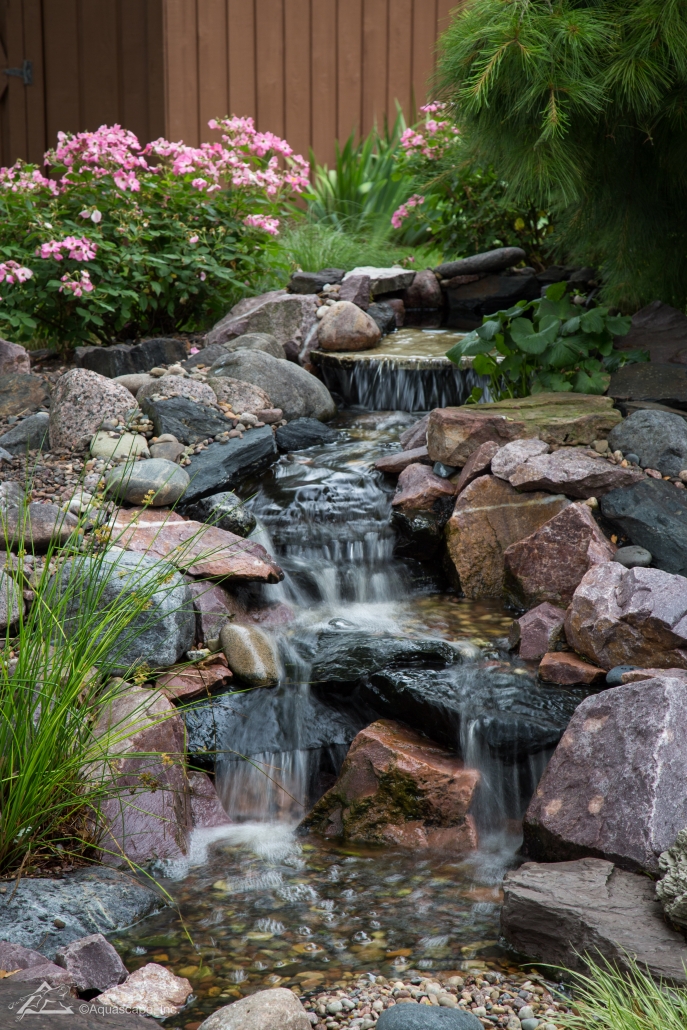
Planning
If the pond can provide enough water for irrigation, start with a scale drawing, showing all of your plants, where the pond is located and a rough sketch of either where the piping will be buried or how you plan to get the water from the pond to the plants. After you have a rough sketch, you need to make a list of the materials you will need including the pump, pipe, connecting valves and timers if the system is going to be underground. If the system is above ground, your work has just been cut in half. You also need to provide electricity to the pump or purchase a solar powered pump with a 24V battery backup system.
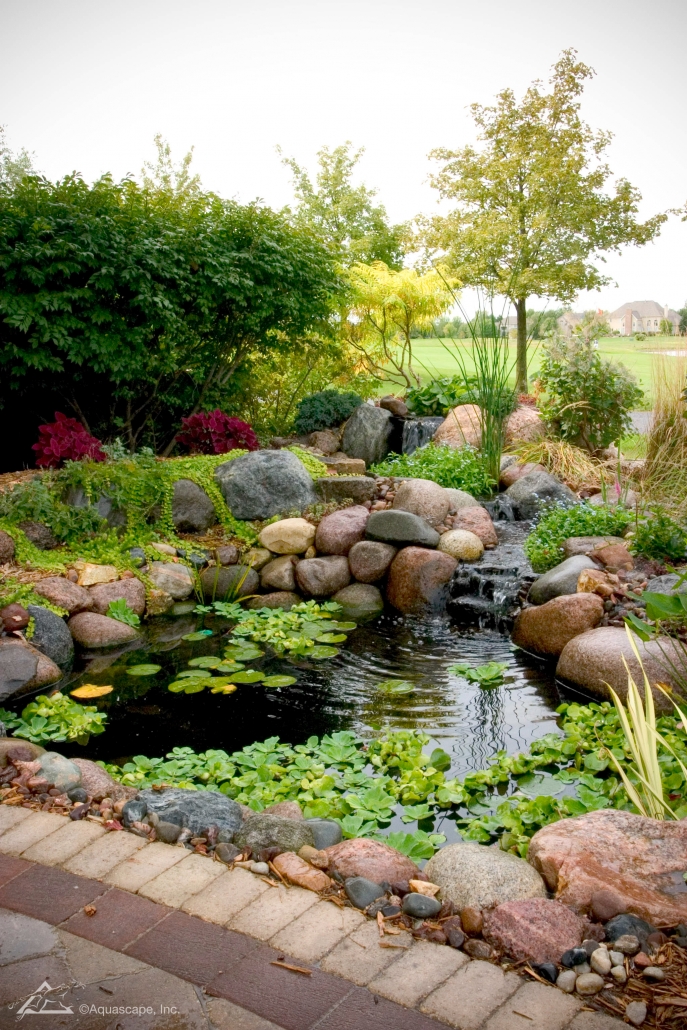
Tying Into Your Pond
Normally an irrigation system is tied to an outdoor faucet, your home’s water supply line or a brown water valve. Drawing water from a pond for irrigation involves incorporating a pump to pull the water from the pond and a means of directing the water to where you need it. A general rule of thumb is that a one acre pond can irrigate 10 acres of lawn. You can either use a submersible pump, or one that sits in a pump house to the side of the pond and pulls water and directs it through an appropriately sized pipe and control valves or hose.
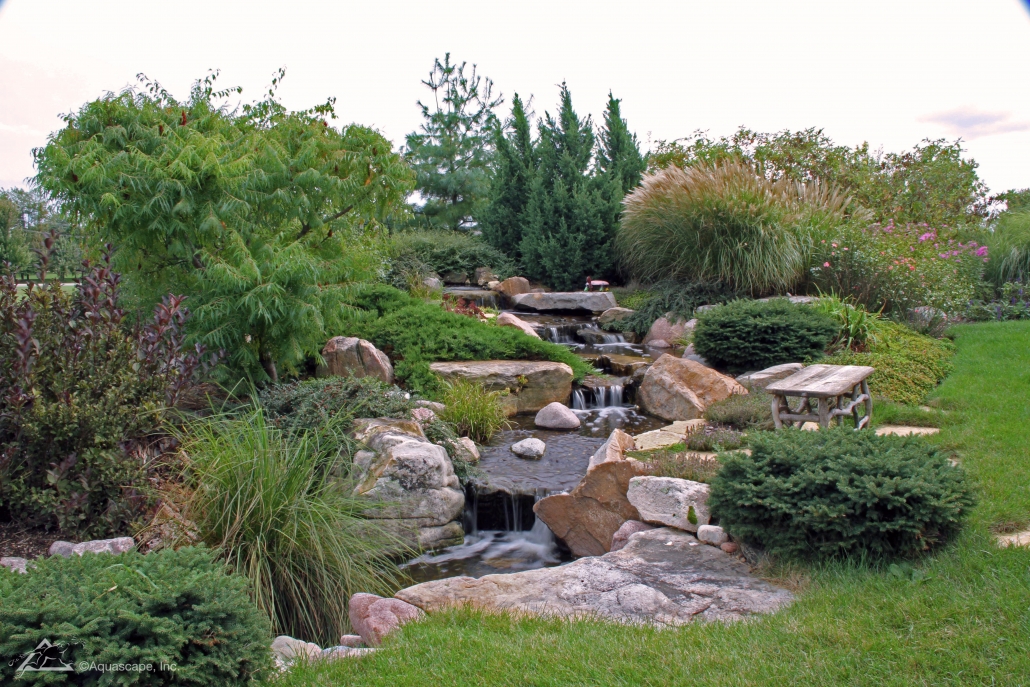
Calculating Water Need
It can be a bit difficult calculating the amount of water you have with how much water you need. While the calculations are all very scientific, an Evapotranspiration or ETO valve or irrigation controller can help make the calculations for you, but it is generally not very accurate. The formula to determine the number of gallons needed per day is: (ETO x PF–plant factor x SF– square feet to be irrigated x 0.62) / IE–irrigation efficiency = gallons of water per day. Your local extension service may also provide ETO data for your area.
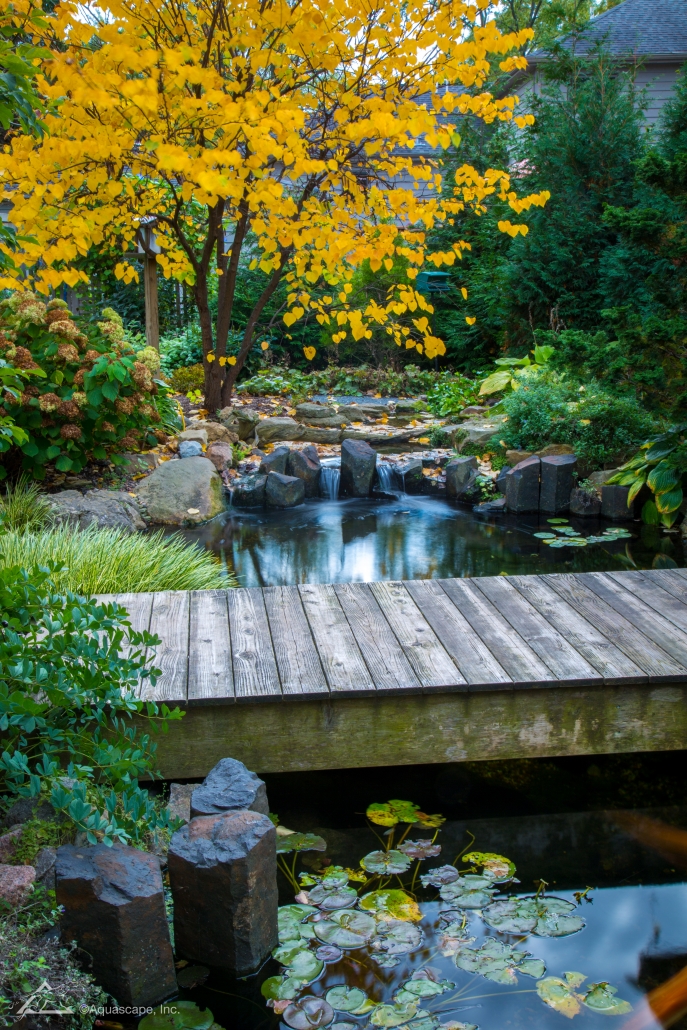
Pond Irrigation Tips
Never invest in an expensive pump, pipe, valves, timers, sprinklers hoses or anything else until you have a design plan and can accurately determine if the pond can actually meet your needs. You need this information in order to know why type of pump to buy. If you live in a dry area where you really can’t rely on the pond to provide a sufficient water supply when you need it, you can also back fill the pond from a well or cistern if necessary, but this does require another pump and more pipe.
How to Determine the Size of a Fountain for a Pond
How to Determine the Size of a Fountain for a Pond
A water fountain in the middle of a backyard pond not only adds an interesting feature, it also helps aerate the water. Pond fountains are rated by flow rate and labeled as GPH, the number of gallons of water the fountain rotates in an hour. The GPH of a pond fountain, along with the height of the water spray, are the most important features to consider when determining what size fountain you need for your pond.
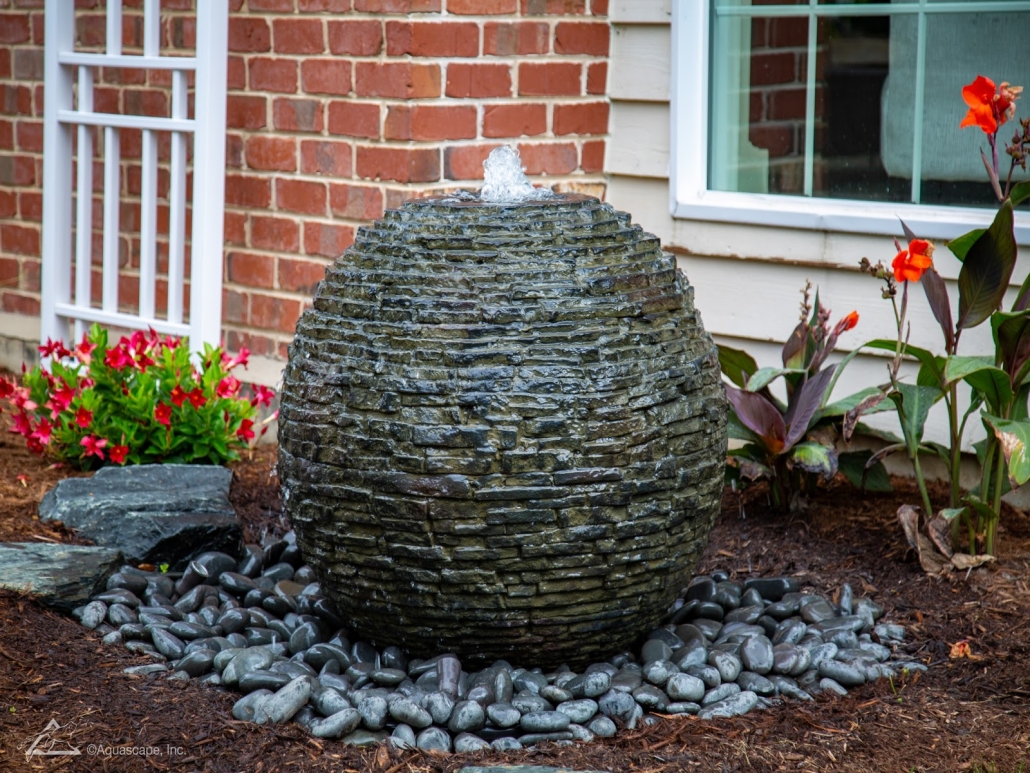
Determine the volume of your pond. If you have installed a preformed pond, refer to the owner’s manual for the total volume your pond holds. Otherwise, calculate the volume by measuring the length, width, and depth of the pond in feet and multiplying these numbers together. Then multiply the result by 7.47 to get the number of gallons your pond holds.
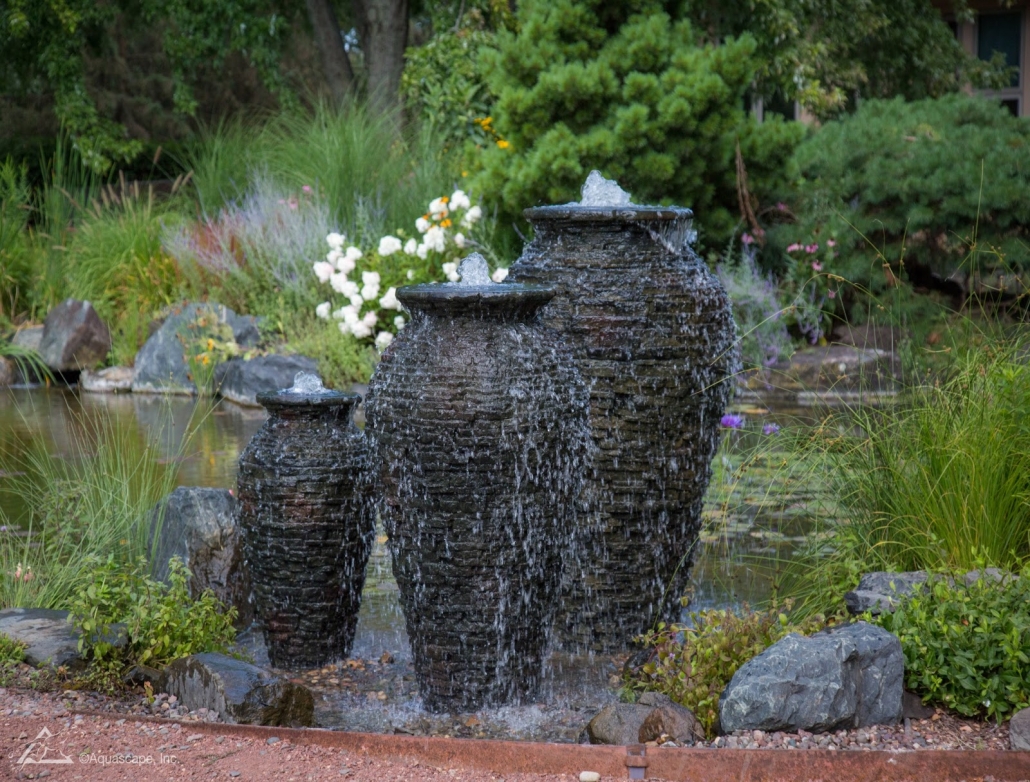
Measure how high you want the pond fountain to be. Measure from the bottom of the pond where you will place the fountain to the spot above the water that you would want the maximum height of the fountain to reach.
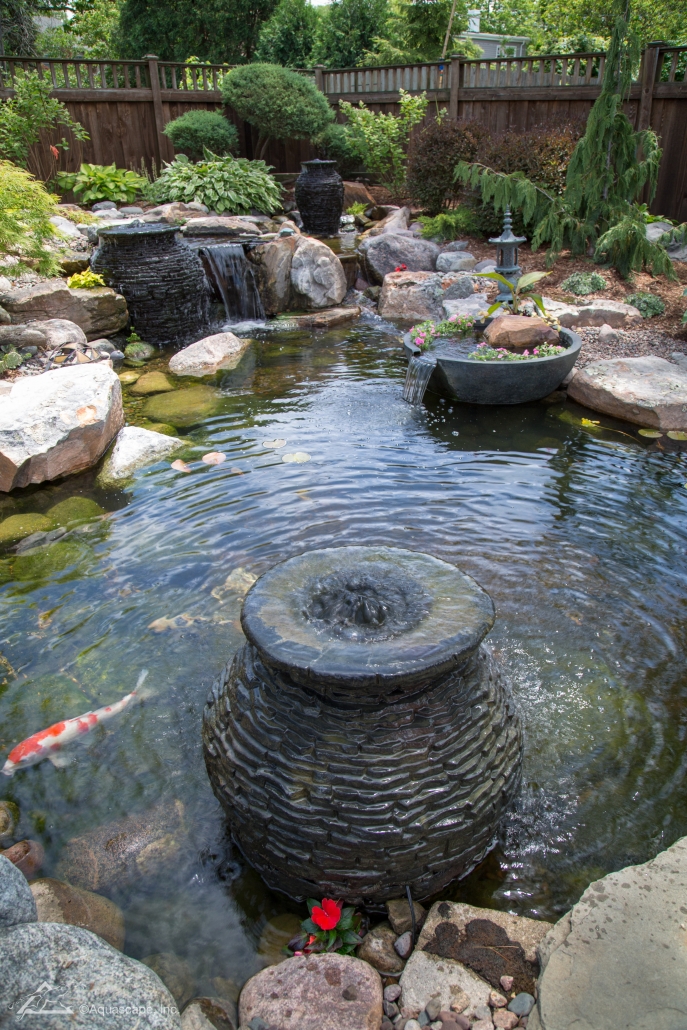
Measure the maximum diameter you would want the water spray to hit; the water should fall inside the pond and not outside it.

Read the specifications on the boxes of the pond fountain available at a pond or garden retailer. On the box you will see the fountain’s GPH rating and height of the fountain. Choose the fountain that best fits the gallons of your pond and is the right height or choose one that is rated for a pond smaller than what you have; choosing a fountain for a larger pond can make the water flow too fast for the fish in your pond. Also note how the water will spray. Fountains that have water falling straight down can work for any pond, but if the fountain sprays outward, compare the diameter to your maximum diameter measurement.
Most Efficient Pond Aerating Fountains
Most Efficient Pond Aerating Fountains
An efficient pond aerating fountain keeps your pond clean and clear by putting oxygen back into the water, which keeps algae growth to a minimum. It also inhibits the breeding of mosquitoes, while promoting a healthy aquatic environment for fish and visiting wildlife. Another bonus is that it also prevents odors normally associated with stagnant water.
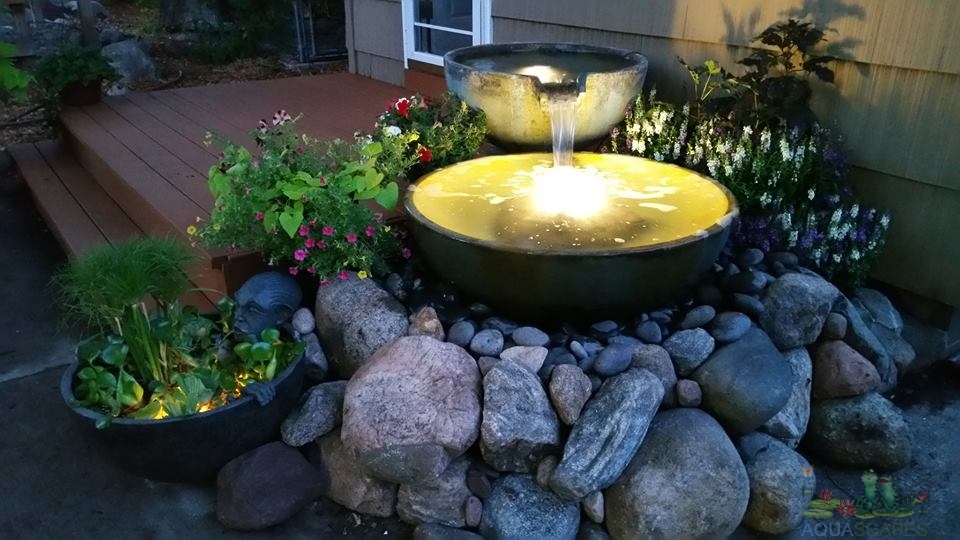
Definition
Aerating fountains, pond and pool aerators, water circulators and even pond de-icers are names often incorrectly used interchangeably for a device used to add oxygen back into pond, lake or pool water. Water circulators and de-icers move stagnant water, primarily to prevent ice damage, but are not designed for aeration. Pond aeration is the addition of oxygen to standing water due to depletion as a result of aquatic, algae and plant life consumption.
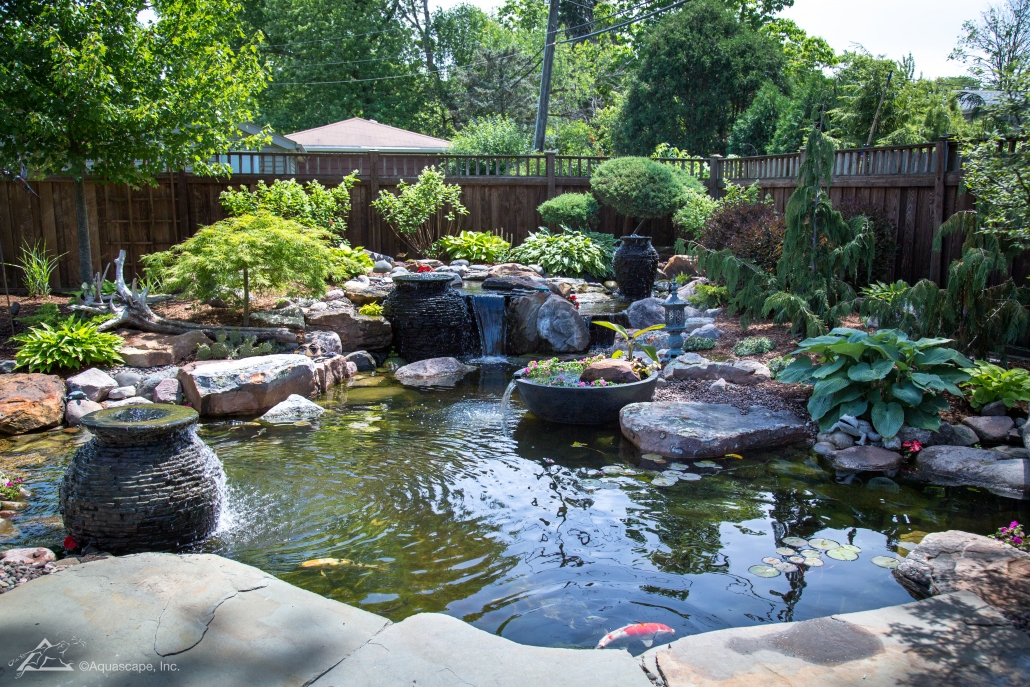
What to Look For
A one-quarter horsepower or hp aerating fountain will efficiently aerate up to a one-fifth acre pond. A one-quarter to one acre pond should have a one-half hp aerator. Aerators are also available in three-quarter, one and two hp. When purchasing an aerator, the package will list the appropriate hp for the size of pond you have. To determine the size of aerator you need, use a pond sizing calculator, don’t guess. If you choose an aerator too small for the pond, the efficiency is greatly reduced, so always err on the side of greater hp.
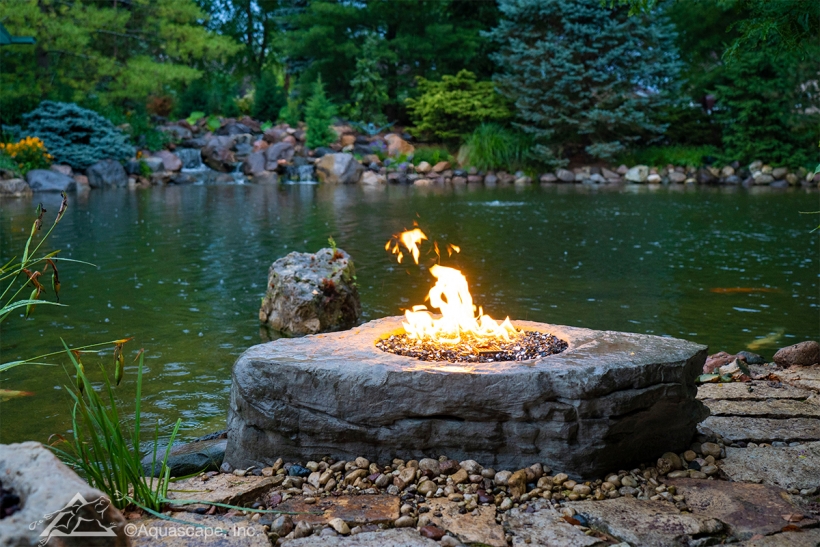
How to Determine Efficiency
Efficiency is determined by the oxygen transfer rate, which is based on the volume of water in your pond and the amount of horsepower of the aerator. An efficient aerator transfers 3 pounds of oxygen per horsepower per hour. The aerator should remain efficient even when the water level drops, though it is not wise to operate the unit in less than 12 to 15 inches of water. The constant circulation of shallow water ultimately stirs up sediment from the bottom of the pond, which eventually clogs the filter, drastically reducing the aerator’s efficiency.
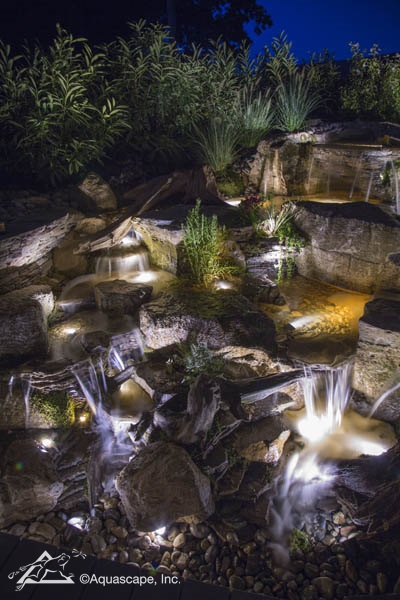
Recommended Maintenance
To improve the efficiency of your aeration system, it’s a good idea to follow the manufacturer’s recommended maintenance schedule and procedures. Because the unit is sitting in water 100 percent of the time, proper installation and maintenance not only keeps your warranty intact, it also prolongs the life of the system. Never enter a pond with an operating aerator, because of the potential for shock if the cord has degraded in any way.

